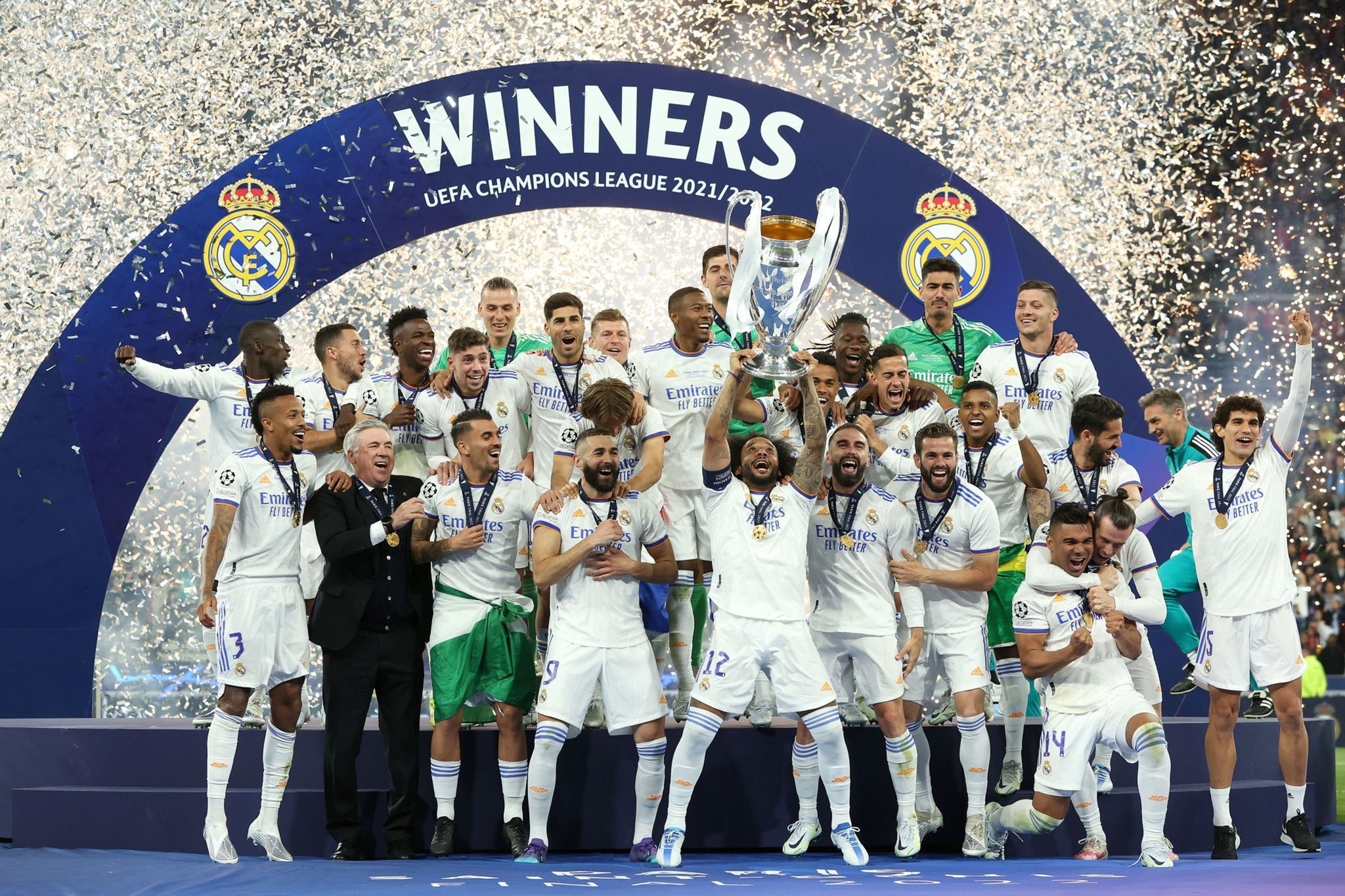The Power Behind the Canvas: Exploring the Patrons Who Shaped Art History
Introduction: The Essential Role of Art Patrons
Behind every masterpiece, there often stands a patron-an individual or institution whose vision, resources, and influence make artistic creation possible. Throughout history, patrons of the arts have played a critical role in shaping not only the careers of artists but also the cultural landscape itself. By offering financial support, commissions, and social connections, these benefactors have allowed artists to focus on creative work instead of survival. This article explores who these patrons were, their impact, and how modern art enthusiasts can access opportunities to support or benefit from patronage systems.
Historical Foundations: Patronage in the Renaissance and Beyond
The tradition of art patronage stretches back thousands of years. In ancient civilizations such as Egypt and Mesopotamia, rulers and high officials commissioned grand architectural and artistic projects to display power and piety. The practice gained new prominence during the European Renaissance, where powerful families and religious leaders used art not only for personal enjoyment but also as a tool for political and social influence [4] .
The Medici family of Florence is perhaps the most famous example. As bankers and de facto rulers, the Medici sponsored artists such as Leonardo da Vinci, Michelangelo, and Botticelli. Their commissions resulted in some of Western art’s most iconic works, including Michelangelo’s “David” and Botticelli’s “The Birth of Venus.” The Medici’s influence extended beyond art, shaping science and philosophy as well [1] .
Patronage was not limited to families. The Catholic Church, especially through figures like Pope Julius II , played a major role by commissioning works such as the Sistine Chapel ceiling and Raphael’s “School of Athens.” These projects were both expressions of faith and means of asserting the Church’s cultural dominance [4] .
Notable Individual Patrons and Their Artists
Art patronage was not solely the domain of powerful men. Isabella d’Este , known as the “First Lady of the Renaissance,” was a remarkable example of female patronage. As Marchioness of Mantua, she commissioned works from Leonardo da Vinci, Titian, and Raphael, transforming her court into a vibrant center of culture. Isabella’s “Studiolo,” a private chamber filled with art and intellectual treasures, became a symbol of her refined taste and political acumen [1] [5] .
In the 16th century, Ludovico Sforza , Duke of Milan, supported Leonardo da Vinci, commissioning the iconic fresco “The Last Supper.” Da Vinci’s career also benefitted from the support of the Medici family, Cesare Borgia, and later, King Francis I of France [2] .
Michelangelo found crucial support from Lorenzo de’ Medici, who provided both artistic education and commissions. Later, Michelangelo’s most famous projects, including the Sistine Chapel, were sponsored by Popes Julius II and Leo X [2] [4] .
The tradition continued into the modern era with patrons such as Sergei Shchukin and Helena Rubinstein , who supported artists like Pablo Picasso and played significant roles in the development of modern art collections [2] .
Modern Patronage: Collectors, Institutions, and Foundations
In the 19th and 20th centuries, the role of the patron evolved. Wealthy collectors and businesspeople such as Albert C. Barnes and Peggy Guggenheim amassed extensive collections and established museums or foundations that continue to impact the art world today. Barnes’s foundation in Philadelphia still houses one of the world’s most important collections of Impressionist and Modern art, providing access and education to the public [3] .
Peggy Guggenheim, leveraging her family’s resources, promoted avant-garde European and American artists, establishing a legacy that endures through the Guggenheim museums. Her support helped launch the careers of artists who might have otherwise remained obscure [3] .

Source: kiwanismagazine.org
Today, institutions such as museums, arts councils, and private foundations play a significant role in patronage. They offer grants, residencies, and commissions, providing artists with opportunities for growth and exposure. Many of these organizations have open applications or accept proposals from artists and curators.
Accessing Patronage: Steps and Strategies for Artists and Supporters
If you are an artist seeking support, or someone interested in becoming a patron, there are several practical steps you can take:

Source: pop.inquirer.net
- For Artists: Research local and national arts councils, foundations, and grant-making bodies. Many cities have cultural affairs departments or non-profit organizations that provide funding and exhibition opportunities. To find these resources, search for “arts grants” or “artist residencies” along with your location. Key terms such as “visual arts funding” or “arts foundation grants” can yield relevant results.
- Many museums and galleries offer open calls for submissions, often listed on their official websites. Consider subscribing to newsletters or following social media accounts of prominent institutions to stay informed about deadlines and opportunities.
- Networking remains crucial. Attend exhibition openings, art fairs, and lectures to connect with collectors, curators, and fellow artists. Building relationships can lead to introductions and recommendations for patronage opportunities.
- For Potential Patrons: If you wish to support artists, you can start by attending local exhibitions and connecting directly with creators. Many non-profit organizations accept donations or allow you to sponsor specific projects. Donating to museums or becoming a member of a museum’s patron circle is another effective way to support the arts.
- If you are interested in legacy building, consider establishing a foundation or partnering with an existing one. Legal and financial advisors can provide guidance on setting up charitable structures with a focus on the arts.
- For those unable to provide financial support, volunteering your time, skills, or professional expertise to arts organizations can be equally valuable.
While some grants or programs have specific eligibility criteria, you can often find detailed application instructions on the official websites of established organizations and museums. If you are unsure where to start, visiting the website of your local arts council or searching for “national endowment for the arts” in your country is a practical first step.
Challenges and Solutions in Modern Patronage
Patronage is not without its challenges. Competition for funding can be intense, and artists may need to apply for multiple grants before receiving support. Some programs focus on specific disciplines or demographics, so it is important to read eligibility requirements carefully.
Transparency and fairness remain ongoing concerns in some institutions. Artists are encouraged to seek feedback on unsuccessful applications and to continually update their portfolios and statements. For patrons, ensuring that support reaches a broad and diverse range of creators is a key consideration.
Alternative approaches include crowdfunding platforms, artist-in-residence programs, and community-based funding initiatives. These offer more direct forms of support and can help artists reach new audiences.
Conclusion: The Lasting Impact of Art Patronage
Patrons of the arts-whether individuals, families, institutions, or businesses-have left an indelible mark on history. Their support has enabled the creation of works that define cultures and inspire generations. Today, the spirit of patronage continues through foundations, grants, and community initiatives. By understanding the history and practicalities of patronage, both artists and supporters can play a vital role in shaping the next chapter of creative achievement.
References
- [1] America’s Collection (2024). Great Art Patrons In History: Champions Of Creativity.
- [2] Indie Sponsor (2023). Famous artists who had patrons.
- [3] M.S. Rau Antiques (2021). Six of History’s Greatest Art Patrons.
- [4] Artsy (2016). From Mesopotamia to 1980s New York, the History of Art Patronage.
- [5] Artsy (2019). The Female Art Patrons Who Shaped Art History.
MORE FROM 9scholarships.de













